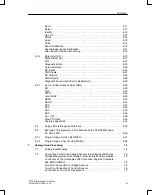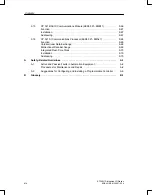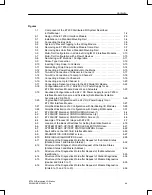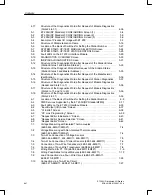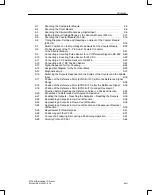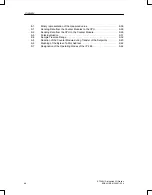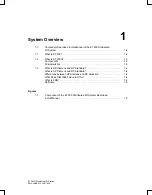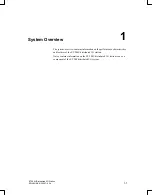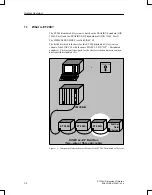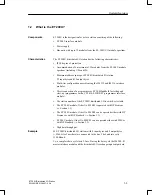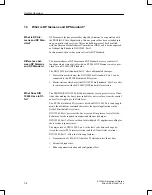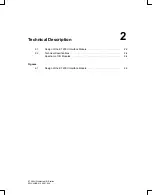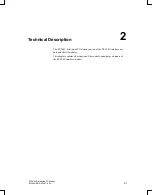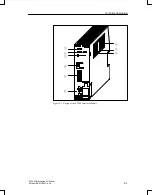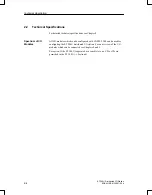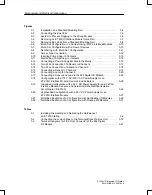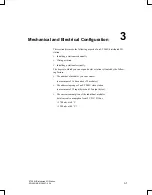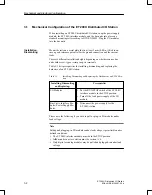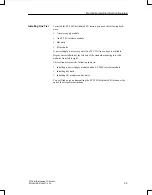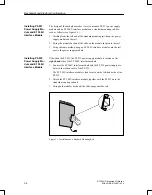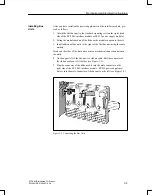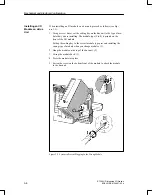
1-4
ET 200U Distributed I/O Station
EWA 4NEB 812 6087–02b
1.3
What is DP Siemens and DP Standard?
DP Siemens is the bus protocol developed by Siemens. In cooperation with
the PROFIBUS User Organization, this bus protocol has been extended into
an open, multi–vendor system. This extended bus protocol has been filed
with the German Electrotechnical Commission (DKE) and it has been passed
as National draft standard DIN 19245, Part 3.
In this manual, the new bus protocol is called DP Standard.
The user interfaces of DP Siemens and DP Standard are very similar. All
functions which were available with an ET 200U(DP Siemens) are also pro-
vided for an ET 200U(DP Standard).
The DIN 19245 draft standard, Part 3, offers additional advantages:
Slave stations which meet the DIN 19245 draft standard, Part 3, can be
connected to the ET 200 distributed I/O system
Master stations which meet the DIN 19245 draft standard, Part 3, are able
to communicate with the ET 200U(DP Standard) slave station
The PROFIBUS DIN 19245 field bus standards cover a great variety of func-
tions, thus making the bus system suitable for universal use, from the control
and cell level right up to the field level.
The ET 200 distributed I/O system is based on DIN 19245, Part 1 and supple-
ments the definitions contained therein for the special applications in the
field of distributed I/O systems.
DIN 19245, Part 1 describes the bus access and line protocol as well as the
definitions for the required transmission hardware technique.
DIN 19245, Part 3 offers a solution for distributed I/O applications calling for
short system response times.
The major task of DIN 19245, Part 3, is the fast cyclic data exchange be-
tween the central PLCs (master station) and the I/O units (slave station).
DIN 19245, Part 3, offers the following features:
Transmission of 1024–bit I/O data for 32 stations in less than 10 ms.
Extensive diagnostics
Reduced parameterization and configuring effort
What is DP Sie-
mens and DP Stan-
dard?
Differences bet-
ween DP Siemens
and DP Standard
What Does DIN
19245 Have to Of-
fer?
System Overview

